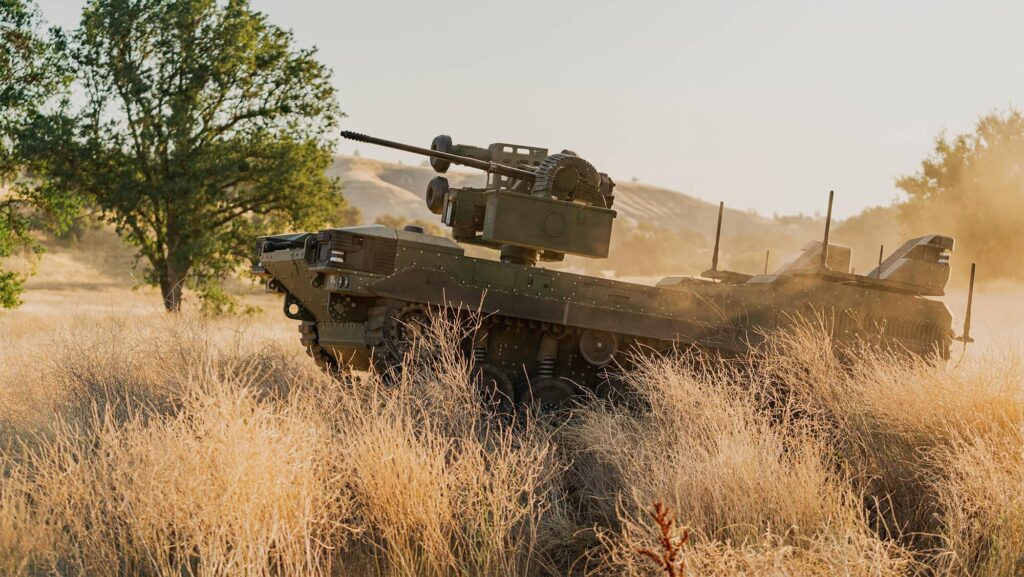In a world where technology is constantly evolving, the question arises: is the Army’s Robotic Combat Vehicle program facing its demise? Once seen as the future of warfare with robot tanks at the forefront, recent setbacks and funding cuts have cast doubt on the program’s future. Join us as we delve into the current state of the Army’s robotic combat vehicle program and explore whether the dream of robot tanks on the battlefield is truly dead.
The Current State of the Army’s Robotic Combat Vehicle program
Speculations are rising regarding the future of the Army’s Robotic Combat Vehicle Program. Many are questioning whether this ambitious project is on the verge of being scrapped altogether. With the program facing setbacks and budget constraints, the once promising prospect of ‘robot tanks’ roaming the battlefield seems to be fading.
While the development of robotic combat vehicles was intended to revolutionize modern warfare, recent reports suggest that the program might potentially be losing momentum. the Army is facing challenges in balancing the need for advanced technology with limited resources.Consequently, the future of robotic combat vehicles remains uncertain, raising doubts about whether these cutting-edge machines will ever see the light of day on the battlefield.
Challenges and Setbacks in Developing Robot Tanks
Developing robot tanks for military use has proven to be a challenging endeavor, with setbacks hindering the progress of the Army’s Robotic Combat Vehicle Program. Some of the key challenges faced in the development of these futuristic war machines include:
- Technical Limitations: The complexity of integrating advanced artificial intelligence and autonomous systems into combat vehicles has posed significant technical challenges.
- Operational Concerns: Ensuring the safety and effectiveness of robot tanks on the battlefield has raised significant operational questions that need to be addressed.
Despite initial enthusiasm for the idea of robot tanks revolutionizing modern warfare,the current status of the Army’s Robotic Combat Vehicle Program raises doubts about the feasibility of deploying these cutting-edge technologies anytime soon. The future of robotic combat vehicles remains uncertain, as the program faces financial constraints, technological hurdles, and strategic uncertainties.
implications of the Program’s Potential Demise
The potential demise of the Army’s Robotic Combat Vehicle Program would have wide-ranging implications on the future of military technology and warfare.With increasing advancements in robotics and AI,the use of robotic tanks was seen as a major step towards more efficient and safer combat operations. Though, if the program is indeed dead, it raises questions about the feasibility and practicality of these futuristic technologies in modern warfare.
Some include:
- Loss of a strategic advantage in combat situations
- Reduction in innovation and development of robotic technologies
- impact on the defense industry and contractors involved in the program
Recommendations for the Future of Military Robotics
Considering the recent setbacks in the Army’s Robotic Combat Vehicle Program,it is crucial to consider . with the potential demise of robot tanks, it is evident that advancements in this field are essential for modern warfare.
include:
- Investing in research and development to enhance autonomous capabilities.
- Implementing rigorous testing procedures to ensure the reliability and effectiveness of robotic systems.
- Collaborating with industry leaders to leverage cutting-edge technology for military applications.
Furthermore, it is paramount to prioritize cybersecurity measures to prevent hacking and ensure the safe operation of military robots on the battlefield. by addressing these key areas, the future of military robotics can be shaped to meet the evolving needs of modern warfare.
Concluding Remarks
as we ponder the fate of the army’s Robotic Combat Vehicle program, it seems that the future of robot tanks may be uncertain. While setbacks and challenges have certainly arisen, it’s important to remember that innovation and progress often come with their own set of obstacles. Whether the program rises from its current state of uncertainty or fades into obscurity, the quest for more advanced military technology will continue. Only time will tell if robot tanks will one day roam the battlefield alongside human soldiers, or if they will remain a futuristic dream. one thing is for certain – the conversation surrounding the intersection of technology and warfare is far from over.


